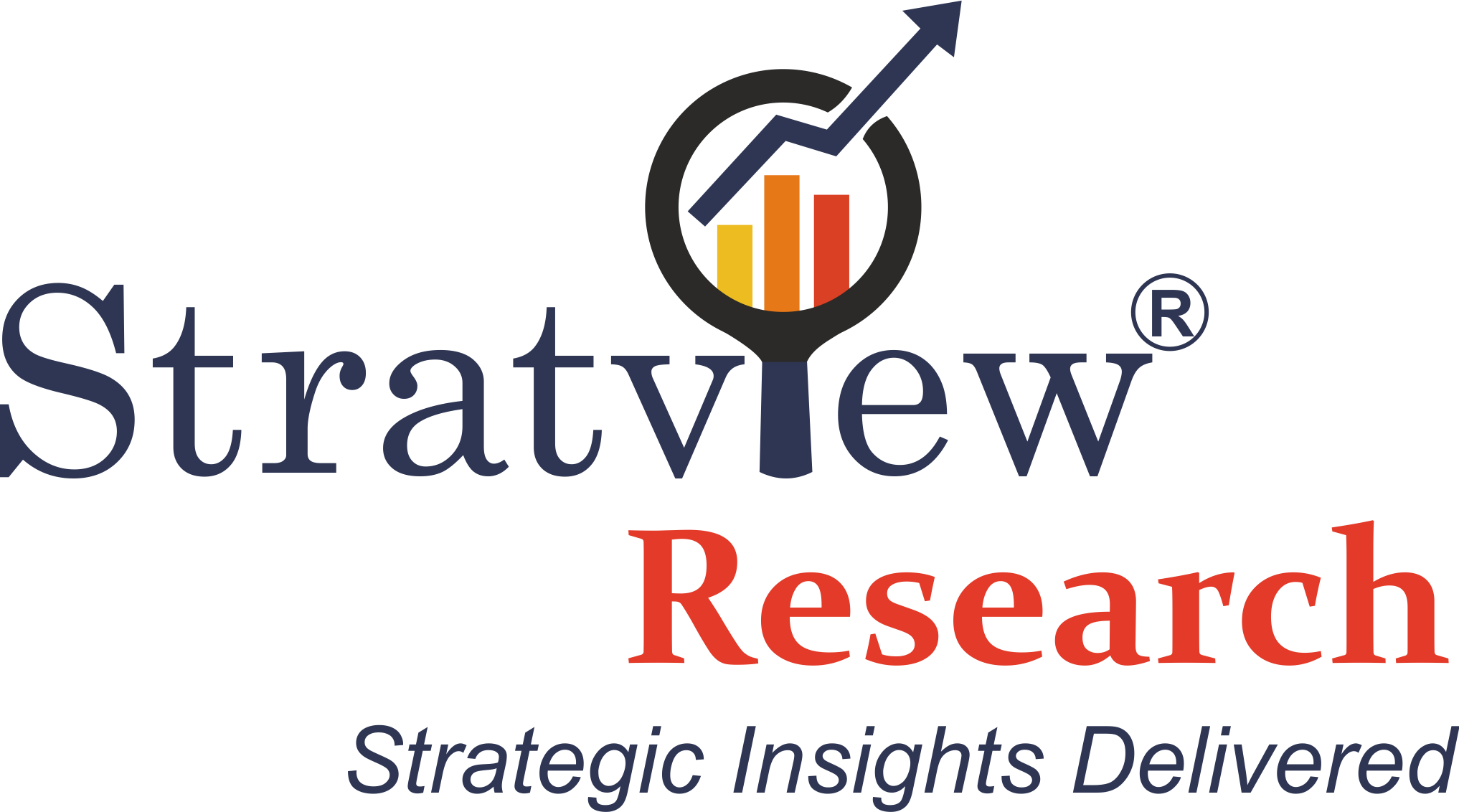Flying Cleaner Skies: The Rise of the Sustainable Aviation Fuel (SAF) Market

Every takeoff leaves more than just contrails behind. It leaves carbon.
Aviation currently accounts for over 2% of global CO₂ emissions, and as passenger numbers soar, so does pressure on the industry to clean up its act. While electric and hydrogen-powered aircraft are still years from large-scale deployment, there’s one solution ready to fly today: Sustainable Aviation Fuel (SAF). According to Stratview Research, the Sustainable Aviation Fuel market size was USD 1.4 billion in 2024 and is expected to grow from USD 2.3 billion in 2025 to USD 74.2 billion in 2032, witnessing an impressive market growth (CAGR) of 64.21% during the forecast period (2025-2032).
Once a niche concept, SAF is now at the center of aviation’s decarbonization strategy — and the SAF Market is preparing for its most critical growth phase yet.
The Problem: Jet Fuel Has a Carbon Problem
Traditional jet fuel is refined from fossil sources, releasing substantial greenhouse gases throughout its lifecycle. For an industry aiming to achieve net-zero emissions by 2050, this model is unsustainable.
However, shifting to cleaner propulsion systems isn’t easy:
- Electric aircraft are limited by battery weight and range
- Hydrogen requires major aircraft redesign and infrastructure overhaul
- Carbon offsetting is increasingly seen as insufficient and unreliable
This creates a need for a drop-in solution that fits today’s aircraft and supply chains — and that’s where SAF steps in.
The Agitation: Demand Soars, Supply Lags
Here’s the challenge: while SAF can reduce lifecycle emissions by up to 80%, less than 0.1% of global jet fuel today is SAF.
Why?
- Limited feedstock availability (e.g., used cooking oil, algae, municipal waste)
- High production costs, often 3–5x that of conventional jet fuel
- Infrastructure gaps, including blending, storage, and certification hurdles
- Policy uncertainty and lack of global mandates
According to Stratview Research, these supply constraints are slowing down widespread SAF adoption — despite growing pressure from airlines, passengers, and regulators.
To get a free sample, click here: https://www.stratviewresearch.com/Request-Sample/4298/sustainable-aviation-fuel-market.html#form
The Solution: Scaling Up a Cleaner Future
Stratview Research projects robust double-digit growth in the Sustainable Aviation Fuel Market through 2030, driven by:
- Aggressive emission targets from airlines and governments
- Public-private partnerships to accelerate R&D and production capacity
- Mandates and incentives, such as the EU’s ReFuelEU Aviation Initiative
- OEM initiatives supporting SAF compatibility across new aircraft
Key growth enablers include:
- Advanced conversion pathways: like HEFA (Hydroprocessed Esters and Fatty Acids), FT-SPK (Fischer-Tropsch Synthetic Paraffinic Kerosene), and Alcohol-to-Jet (ATJ)
- New feedstocks: including CO₂-derived fuels, algae, and lignocellulosic biomass
- Strategic partnerships between airlines, energy companies, and tech providers
Market Landscape: Global Push, Regional Pace
Stratview Research highlights:
- North America and Europe are leading in policy, production, and airline uptake
- Asia-Pacific is emerging rapidly, with countries like Japan and Singapore investing in SAF refineries
- Middle East and Latin America show growing interest due to tourism growth and biofuel potential
Leading players include:
- Neste
- World Energy
- Gevo Inc.
- LanzaJet
- TotalEnergies
- SkyNRG
- Aemetis
- Honeywell UOP (as a technology licensor)
These companies are investing in capacity expansion, feedstock innovation, and long-term airline supply agreements.
Strategic Takeaway: SAF Is No Longer Optional
Airlines, regulators, and passengers now agree: decarbonizing aviation starts with sustainable fuel.
To stay ahead, stakeholders must:
- Secure access to scalable feedstocks
- Co-invest in SAF infrastructure and R&D
- Design future aircraft with SAF compatibility and optimization in mind
- Push for global SAF mandates and harmonized certification pathways.
- Art
- Causes
- Crafts
- Dance
- Drinks
- Film
- Fitness
- Food
- Jogos
- Gardening
- Health
- Início
- Literature
- Music
- Networking
- Outro
- Party
- Religion
- Shopping
- Sports
- Theater
- Wellness




